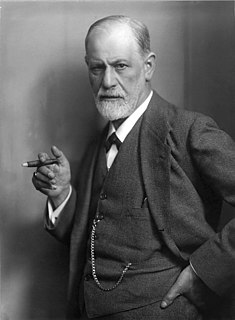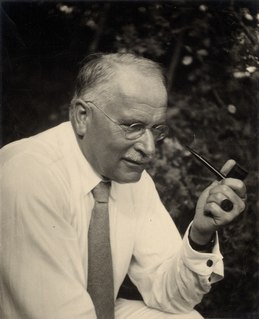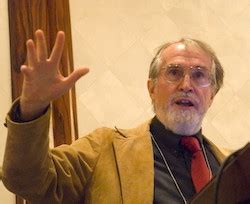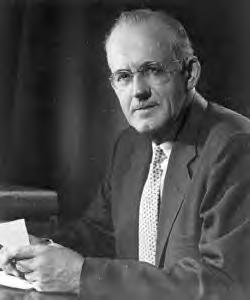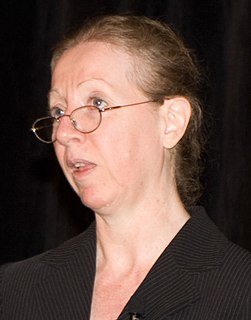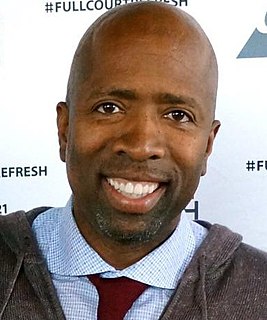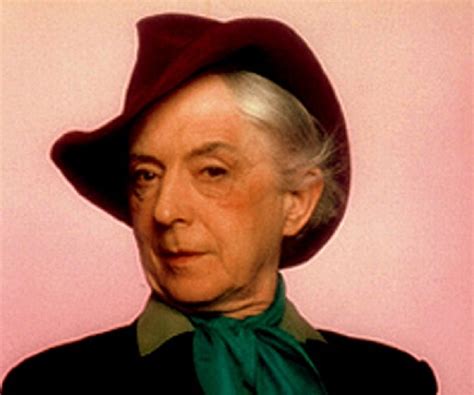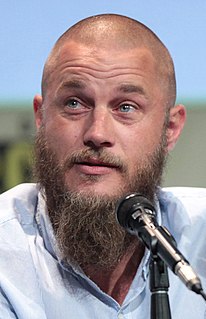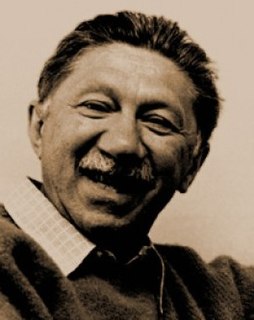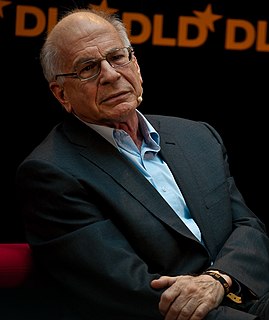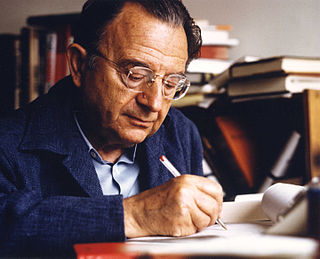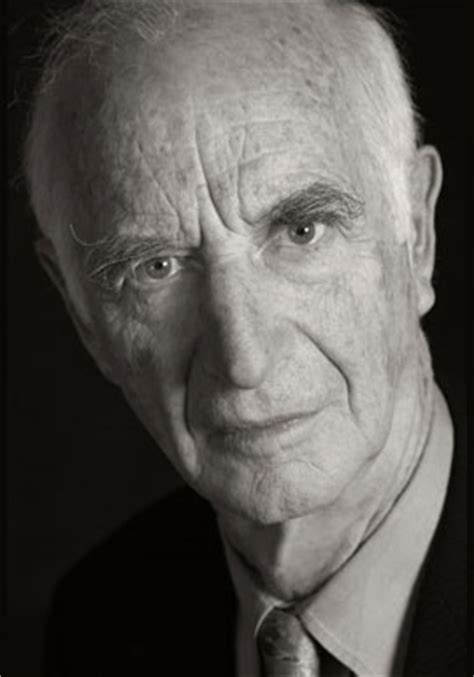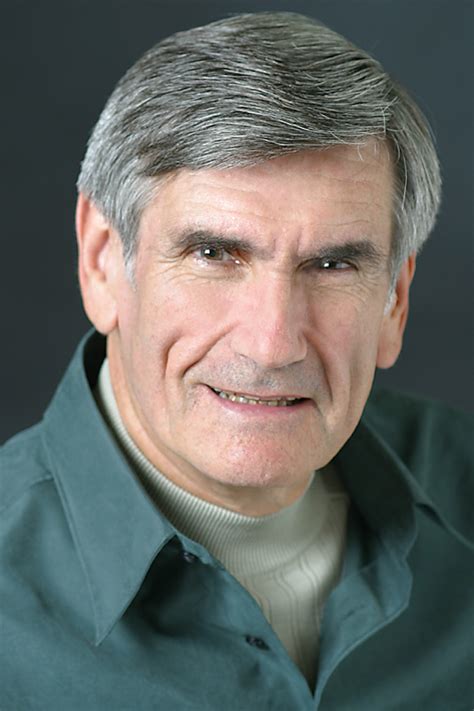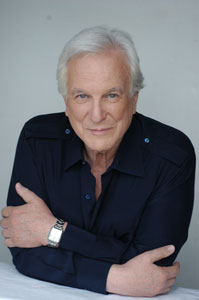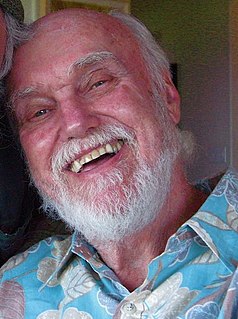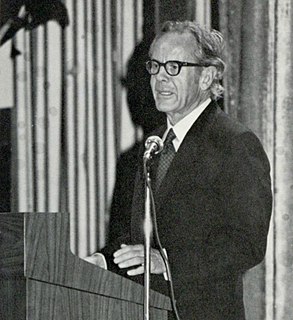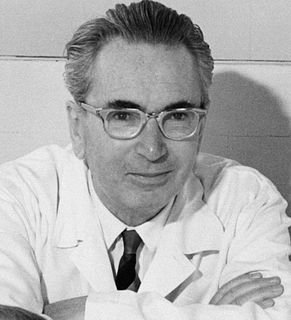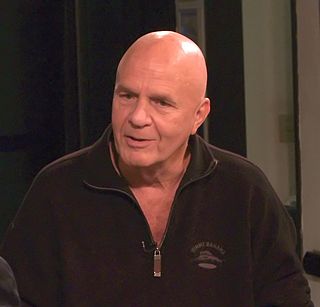A Quote by Sigmund Freud
Thinking in pictures is, therefore, only a very incomplete form of becoming conscious. In some way, too, it stands nearer to unconscious processes than does thinking in words, and it is unquestionably older than the latter both ontogenetically and phylogenetically.
Related Quotes
The very term ['mental disease'] is nonsensical, a semantic mistake. The two words cannot go together except metaphorically; you can no more have a mental 'disease' than you can have a purple idea or a wise space". Similarly, there can no more be a "mental illness" than there can be a "moral illness." The words "mental" and "illness" do not go together logically. Mental "illness" does not exist, and neither does mental "health." These terms indicate only approval or disapproval of some aspect of a person's mentality (thinking, emotions, or behavior).
So when we sing, 'Draw me nearer, nearer, blessed Lord,' we are not thinking of the nearness of place, but of the nearness of relationship. It is for increasing degrees of awareness that we pray, for a more perfect consciousness of the divine Presence. We need never shout across the spaces to an absent God. He is nearer than our own soul, closer than our most secret thoughts.
Some form of gnosis or immediacy is attached to all thinking as its root-form or primitive origination; every act of thinking has this passive derivation, this coming-into-being of thinking not out of nothing (as it likes to imagine) but out of some unthinkable something. But the most self-abstractivist or self-reductivist kind of thinking cannot tolerate even the notion (much less the traumatic experience or confrontation) of an incurable pathos, a weakness or blind-spot, within consciousness. The very idea is an insult to the autonomy or self-determinability of ego/will/reason.
I have always preferred the company of older people. No one in the history of the world has had less interest in the young than I do. I am not interested in what young people are thinking. They're thinking less than old people, of course. I mean, what could they be thinking? And what are they doing? They're doing the same stupid things you did.
If you look at the ox-herding pictures - specifically the newer set of ten pictures rather than the older set of eight - you see that after the blank circle of the void, the cycle comes back to a river flowing by the roots of a tree (both strong symbols of nature, the life-force, the unconscious) and to the wanderer returning to the market place, which is the realm of human society and activity.
Quotes are like prompts. A way of searching, connecting the dots. Other people's thinking has always - both positively and negatively - jumpstarted my thinking. Quotes are also a way of acting out not just a text, and not just thinking, but the making of a text. The construction of thinking. The quotes are part of those constructions and reflections. Thinking through quotes, which to say scouring a range of texts for insight, is one way to outline the process of thinking/feeling through a subject.
Therefore, the two processes, that of science and that of art, are not very different. Both science and art form in the course of the centuries a human language by which we can speak about the more remote parts of reality, and the coherent sets of concepts as well as the different styles of art are different words or groups of words in this language.
